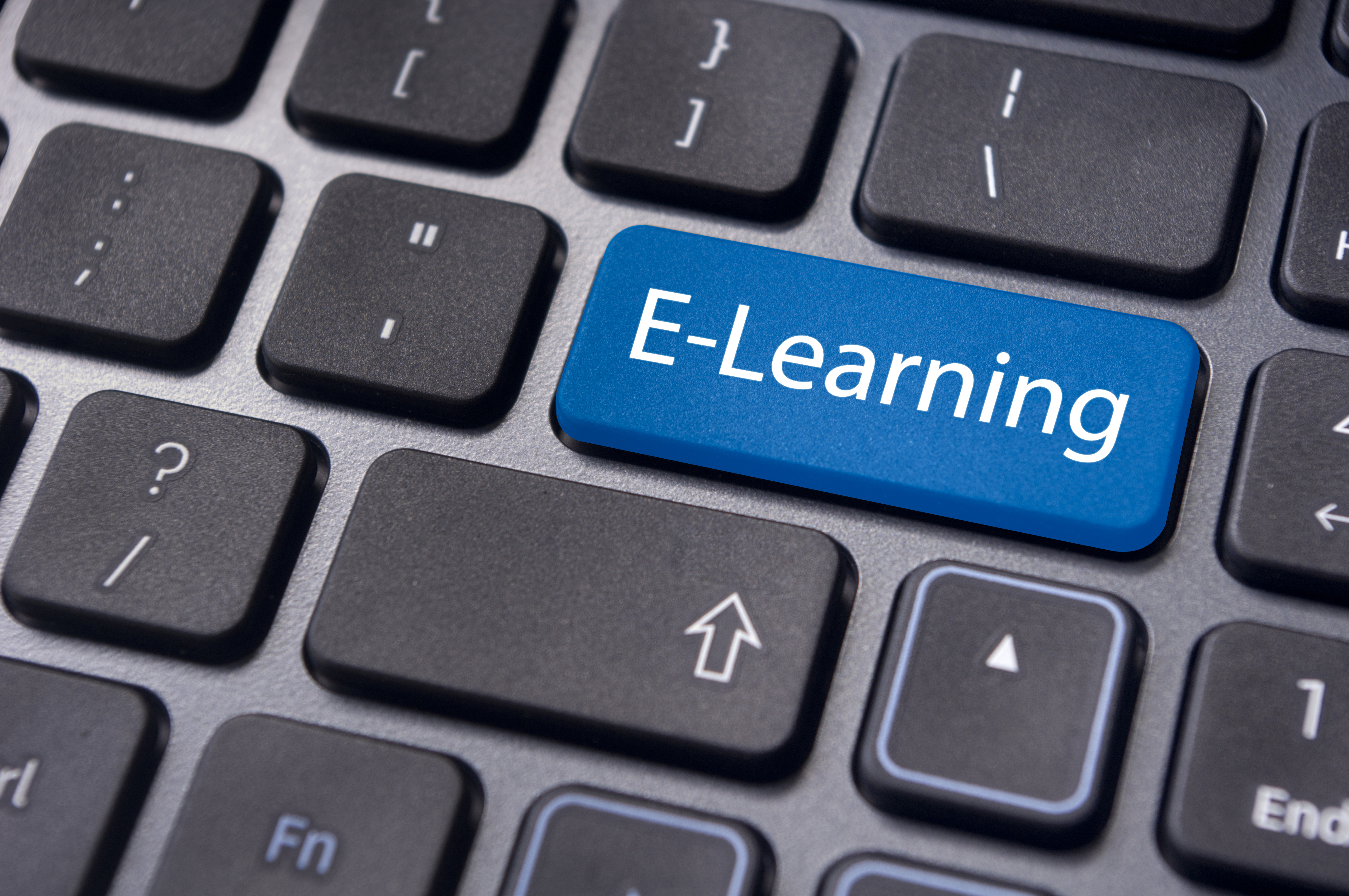Training is expensive, and learning can be difficult to measure. But we need learning in order to move the organization and its people forward, and we need sustainable (preferably growing!) income to pay for the appropriate training.
So, is there a cost-effective way of training that can show measurable results, quickly? The supporters of eLearning would shout, “Yes!”
Perhaps we should check the scope of eLearning, though, before becoming too excited. In the overall selection of learning choices, there are many techniques; techniques such as distance learning, online learning, on the job training, traditional face-to-face learning, and a growing use of virtual reality.
It is possible to include all of these other techniques as methods of delivery of eLearning, with the exception perhaps of on the job training and with the proviso that we avoid at all costs the danger of electronic page-turning.
If you have ever been bored by a pedantic lecturer, imagine how much more painful it would be to have to learn that material from the lecturer’s ancient ‘death by slides’ collection.
Many learning centres are making their material available online, sometimes for free and it is the same material as is received in traditional, face-to-face attendance. Free, valid, and electronically available material that you can study in your own time – What could possibly be bad about that?
Learning Styles and Motivation
Not everyone wants or is able to study and learn outside of a support group: others can only learn if they are able to work through the material in isolation. Some people prefer to see the material with detailed, coloured visuals; others can only really ‘get it’ when they are able to discuss the topic with other students. Others need to hold the topic in their hands, to develop a feel for it, and the final group, the digitals, can learn only when the material is designed and available on their preferred electronic device. This last, and growing group may be the ones who can benefit most from an eLearning opportunity.
Virtual reality (VR) is a form of eLearning, and there may be a stronger case for introducing this form of learning, where novel situations that would require either dangerous or expensive real-life support can be modeled with simulated programmes.
It is certainly cheaper to learn to operate a power station using VR technology than it is to plunge a country into darkness while contaminating regions of the planet because of attempted learning on the job (Chernobyl or Fukiyama: poor training or unavoidable accidents?). The problem with VR, though, in common with much of the eLearning sphere is that it can only ever be as good as the software’s authors.
Assessment
In life, learning can be expensive, not to mention painful. The assessment of competency in any knowledge area is often subjective – would any of today’s readers care to state the one and inarguable definition of leadership? Answers please, with detailed reasoning, in an email to the editor!
However, we can measure competency by observing behavior, and we can assess learning by codifying ‘a change in behaviour’.
Whoever or whatever is doing the assessment, then, needs to know not only the required behaviors, but also the required change in behaviors that indicate the relevant new level of achievement.
And here I am reminded of the Emirati senior manager who, some years ago when I told him that his Asian workforce was to be replaced by Emirati employees, spent almost 10 months asking me not to do that.
He only ended his opposition to the plan when he had had the chance to see that a correctly designed learning programme, that was assessed and passed by his existing (Asian) line supervisors was in place. I remember clearly the day when he walked into my office and, instead of continuing our long-running argument, he asked, “When do we start the next batch?”
Not all learning adventures end so happily.
The dropout or failure to graduate rate for even traditional face-to-face methods is alarmingly high with, in some cases, the success rate for eLearning course being in single figures.
Being relatively cheap and accessible is no consolation for failing to complete or failing to pass the final assessment. And it is in the nature of the assessment that I would argue that success or otherwise resides.
No matter how visually appealing the material, or engaging the role-play, it will only be when a competent authority (and that is not necessarily the eLearning author or vendor) is allowed to validate the new competence of the learner that we can say the delivery worked.
We should not forget that eLearning is only a tool, one of many, and ultimately it is people who pass judgement.

